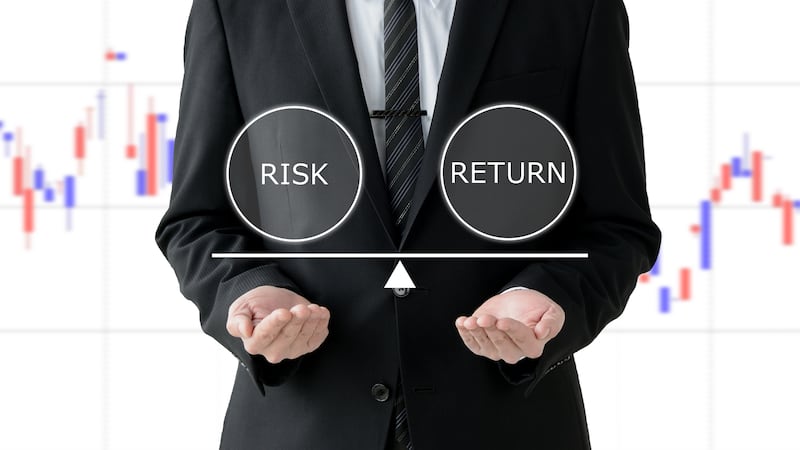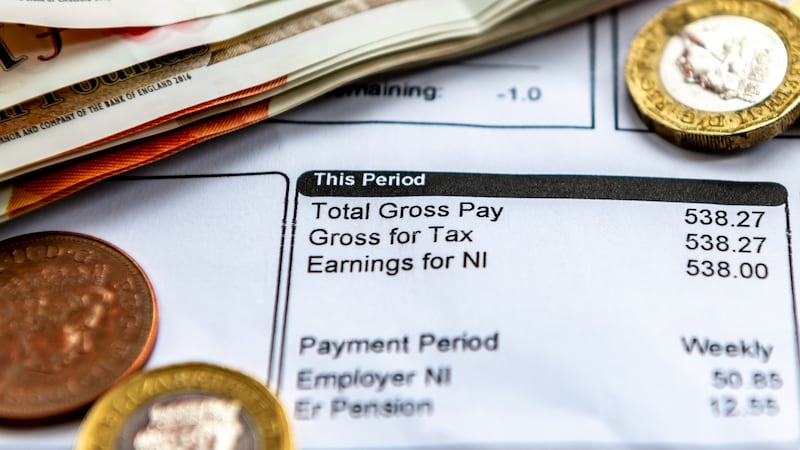If there’s one thing better than learning from your own mistakes, it’s learning from others.
In over 20 years of writing this column I have reviewed many readers’ investment portfolios/pension pots/ISAs. We have trust in institutions and advisers and hope they are well equipped to understand the risks and returns of the products they put forward.
If the tide goes out on a super spring tide, and these products are caught swimming with no trunks on, it’s too late.
So, how might I assess risks in your funds before there is a swimming incident? Stay with me, as it’s a bit techy, but, really useful, if you want the better pension at retirement, or more money for sweeties later from your investments.
Below are just some of the measures, but none should be studied in isolation. No single measure used in isolation will capture all risk. Please read that again.
I’ll stick with the tide metaphor to explain, but, if looking out at the weather with your wet finger in the air is a strategy, keep your boat in the harbour.
Use all the science open to you. A sinking boat isn’t enjoyable. I am typing this column in the Titanic Hotel in Belfast. Seriously.
As an extreme example of losses in funds, ‘Bear Stearns High Grade Structured Credit Fund’ (they may as well have called the fund ‘Unsinkable Top Quality Cruise Liner”) lost nearly all its value, and long term capital management was slightly better, suffering a mere 98 per cent drop in its value.
Volatility is normally measured by standard deviation.
If you ride the bigger waves in the ocean on your boat you will get there quicker, but you capsize and spill your prosecco. Sitting in the flat calm doldrums is safe, but you will be late for your tea, and your money won’t beat inflation. In between those sea conditions, are many variations on risk and return where you should find comfort.
Standard deviation is easy to assess mathematically, but you have to use five-year standard deviation, not three. That’s important as a time frame, because over short periods like three years, you could have similar consistent weather, (momentum ‘upward only’ markets) so the deviation is none. It’s only over longer periods that you get the swells, winds and tides which give you the deviation from the norm within the fund, which would highlight to you not to be getting into the boat in the first place.
In my view, standard deviation is the most important starting point as a measure.
On its own, however, it’s very flawed, and you could come a cropper on the rocks as you are lured by a low standard deviation mermaid.

You mightn’t remember funds invested into zero dividend preference shares. They had a standard deviation broadly the same as cash, and many financial advisers sold them in bucket loads because of that. Moreover, they had a measure called a hurdle rate which basically measures how much a fund could fall and you would still get your money back. That flaw saw customers’ entire capital wiped out, and financial advice firms going to the wall off the back of it.
In the early 2000s, this column highlighted that risk in advance.
I’ll cover other measures next week, but for those solely focused on risk in isolation, there is a mathematical measure called Sortino ratio. This measures just downside volatility.
Consider it the crow’s nest, watching for pirates, sand bars, rough weather, rocks and floating items in the sea. This ratio seeks and prioritises safe harbours over treacherous waters. So, it just considers the risk of negative returns ie falls below a certain level. Unlike standard deviation which measures overall deviation of both up and down crazy waves, this just looks for the potential miserableness.
- Peter McGahan is chief executive of independent financial adviser Worldwide Financial Planning, which is authorised and regulated by the Financial Conduct Authority. If you have an investment question, all 028 68632692.








